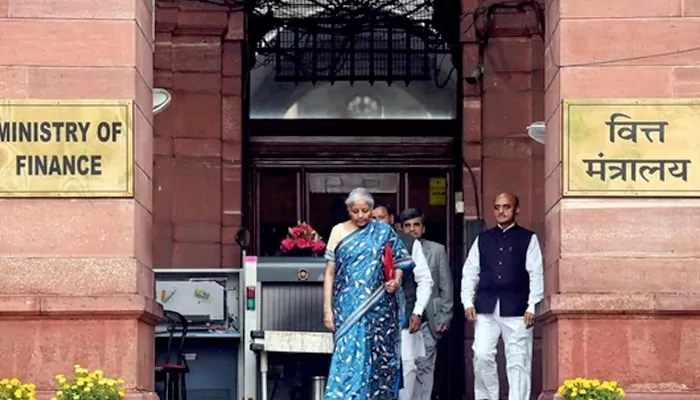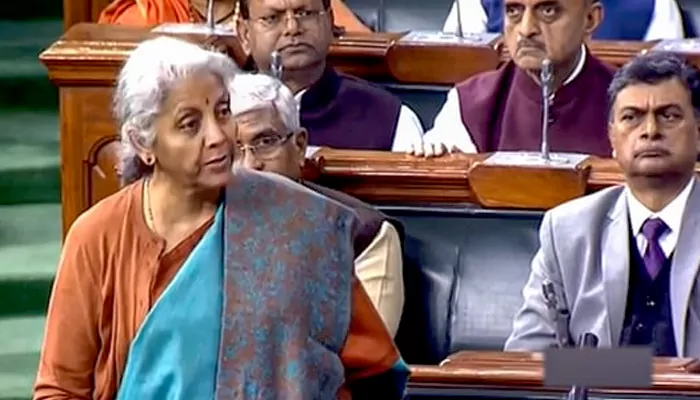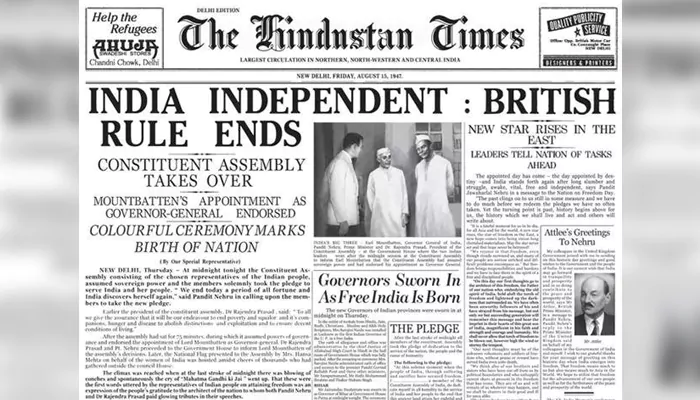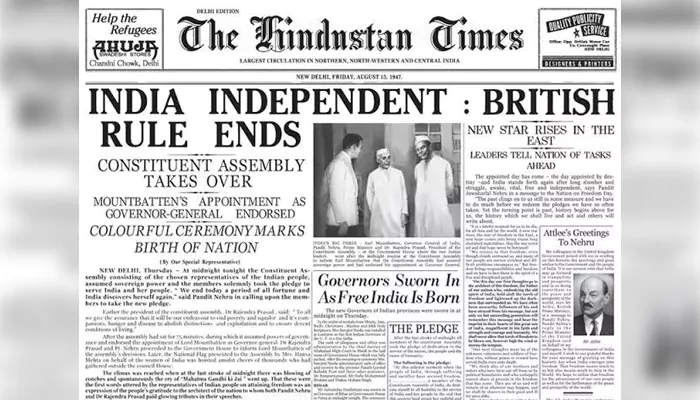Economic Survey 2023-24: What Exactly Is It, What It Offers And Its Overall Significance
- Admin
- 1 year ago
- 3 minutes read

The survey aims to provide a detailed analysis of the important economic issues in the country, along with offering solutions.
Finance Minister Nirmala Sitharaman has finally unveiled the Economic Survey 2023-24 today on Monday, July 22. As planned, it is tabled on day one of the Budget session of Parliament, and is released a day ahead of the Budget, which for this year is on July 23. The Economic Survey 2023-24 gives a detailed analysis of the economy, prospects and policy challenges.
The government had earlier presented The Indian Economy – A Review on January 31. It was presented one day before the interim budget or a vote on the bill, which is in turn done ahead of the Lok Sabha election. It then leaves the full budget and the survey for the new government.
On July 22, the Economic Survey 2023-24 was presented in the Lok Sabha at 1:00 pm and in the Rajya Sabha, around an hour later. At 2: 30 pm, chief economic adviser (CEA) V Anantha Nageswaran, who is the force behind preparing the survey, will be holding a press conference as well.
What Exactly Is The Economic Survey?
The Economic Survey aims at offering in-depth analysis of the national economy for the fiscal year, and as we all know, it is for the year that has already ended. For this year, the Economic Survey is around that of 2023-2024. The Economic Survey is actually prepared by the Economic Division of the Department of Economic Affairs (DEA), and it is done under the guidance of CEA. Before the release, the Economic Survey is approved by the finance minister.

Interestingly, do you know that the Economic Survey was presented for the first time in the 1950-51 fiscal year, and was earlier part of the Union Budget? For several decades, a single volume of the Economic Survey was released, and it used to cover various sectors of the economy and policy areas, including fiscal developments, employment, and inflation.
However, from 2010-11 to 2020-21, the economic survey was presented in two volumes, and the second volume offered CEA’s insights on major economic issues. Coming to 2022-23, the survey made its way back to the single-volume format, and it was due to the change in leadership at the CEA’s office.
Significance Of The Economic Survey
While the recommendations of The Economic Survey are not binding for the Budget, it offers a comprehensive analysis of India’s economy from within the government. It also helps to understand the economic trends and policy directions, and deals with concerns of employment, inflation and any other factors that hamper India in realising its full potential.
Meanwhile, several economists are of the opinion that India's potential growth rate has gone down from 8 percent to 6 percent. As per the International Monetary Fund’s (IMF’s) July forecast, the growth estimate for 2024-25 stands at 7 percent, which means private consumption in rural areas despite India facing global and domestic economic challenges. The IMF also highlighted a 6.5 percent GDP growth for 2025-26.

However, it cannot be ruled out that despite the growth projection, significant challenges remain for the Indian economy, including high unemployment and increased inequality triggered by the coronavirus pandemic. The informal sector has witnessed a loss of approximately 1.65 million jobs, as per recent data.
Nonetheless, the Economic Survey does take into account the extent of economic recovery, while making strategies to enhance manufacturing growth despite global trade uncertainties. The survey also offers solutions to overcome the challenges.












